7 Days Saudi Arabia (Riyadh, Ha’il, Al-Ula, Madinah, Jeddah)
Riyadh > Riyadh 2N > Ha’il 1N > Al-Ula 1N > Medinah 1N > Jeddah 1N > Jeddah
Duration
7 Days
Group Size
4 persons
Location
Saudi Arabia
Sketch Itinerary
Itinerary
Day 1: Friday :- Riyadh (Arrival)
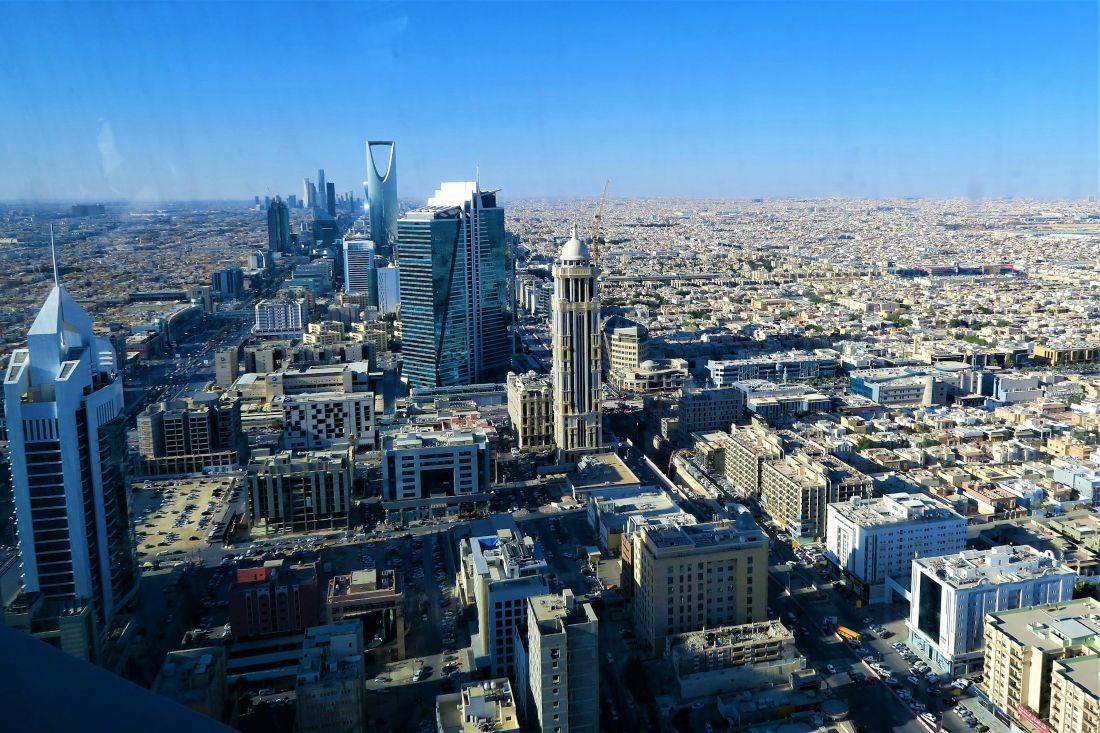
Arrival at Riyadh airport, after visa and immigration formalities our representative will meet and escort the guests to their air-conditioned vehicle for their transfer to the hotel.
Overnight Stay in Riyadh
Day 2: Saturday :- Riyadh Tour
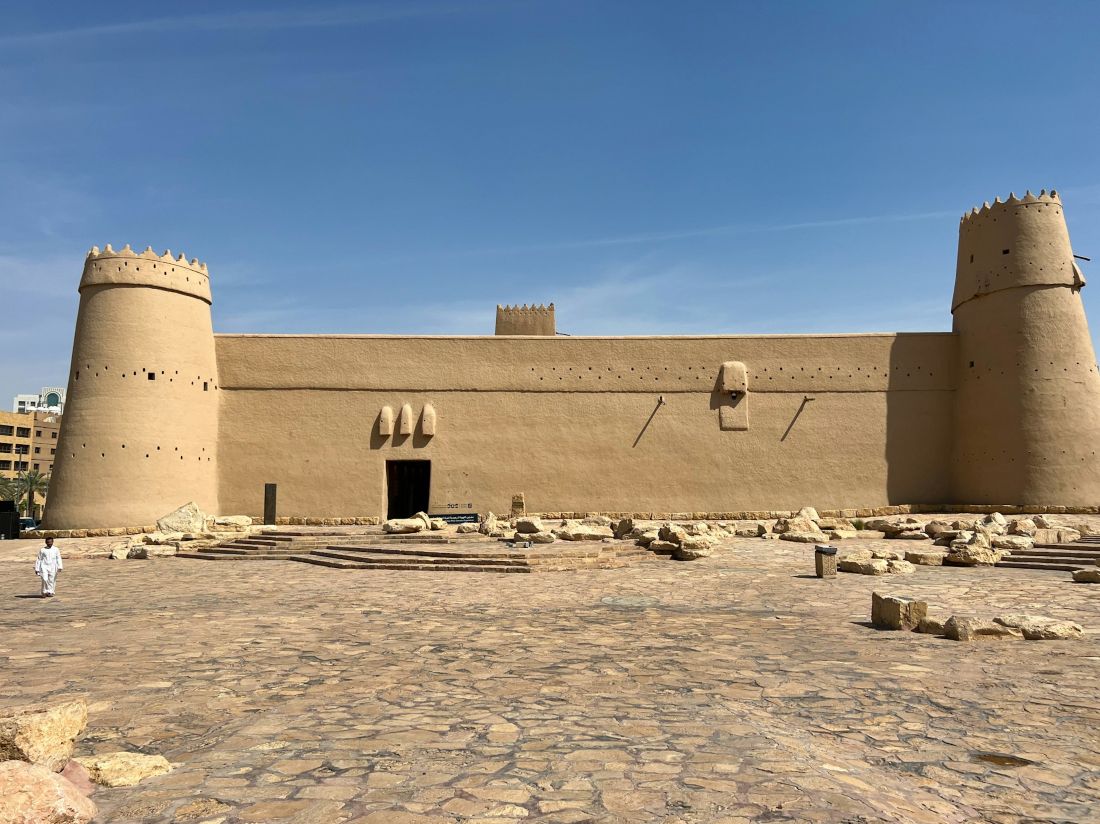
Meals included: Breakfast
Breakfast at the hotel. We will start our tour of mystic Riyadh by visiting the National museum which is the primary custodian of the Saudi national heritage and culture. The Museum is a place of learning and discovery, it offers an overview to the history of Arabian civilization from Prehistory to our modern era.We continue thereafter to the nearby Murabba Palace (outside visit as in renovation) that is one of the historic buildings of the city. The palace was named after its square with the form of 400 by 400 meters. Lunch on your own.Afternoon we will continue our tour of mystic Riyadh by visiting the Masmak Fort and its museum that depicts the history of the history of the conquest of Arabia by the Al-Saud family. The palace was built during the reign of Abdullah bin Rashid in the year 1895 A.D. to serve as military garrison for the Abdullah bin Rashid army. His Majesty King Abdulaziz, the father of the nation today, captured the fort in 1902 making of this fort the birthplace of the 3rd Saudi Kingdom, the modern one we live in.At the end of the afternoon, we will pass the kingdom tower & the Faisaliah, back to your hotel.
Overnight Stay in Riyadh
Day 3: Sunday :- Riyadh – Hail (623 km): By Train

Meals included: Breakfast
Breakfast at your hotel & check out. This morning we depart for Ha’il which is a 6 hrs drive approximately. We expect to reach Ha’il just in time for lunch (on your own).The city of Ha’il lies at the foot of the imposing Shammar mountain range whose is name also the one of a large northern Arabian tribe. Renowned for its hospitable people, Ha’il is traditionally the home of Saudi Arabia’s poets and writers. An interesting fact about Ha’il is that most of the early European explorers passed by this city during the 19th century (Charles Doughty, Lady Blunt, Charles Huber, Julius Euting...).Upon arrival, check in. As it will be early in Ha’il in the early afternoon, we will visit the A’Arif Fort and the nearby heritage museum. Then we will have a walk at the traditional market where we will find the local delicacies. We will pass also by the Ha’il Regional Museum, and if it is open, we will drop there to admire its collections.Dinner on your own.
Overnight Stay in Ha’il
Day 4: Monday :- Ha’il – Jubbah – Al Ula (580 km)
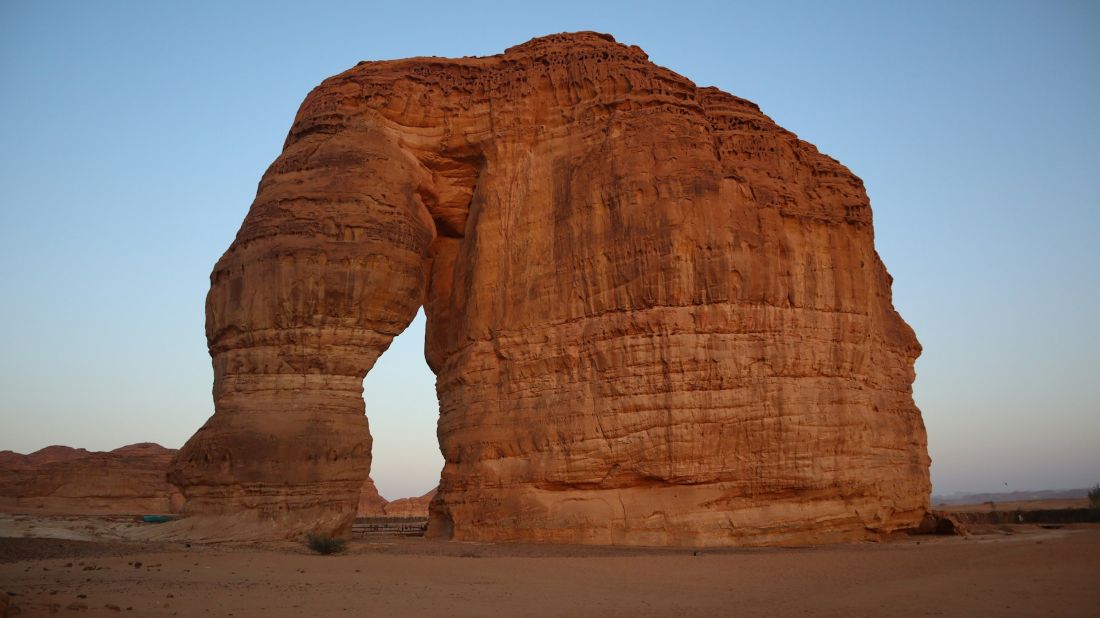
Meals included: Breakfast and Dinner
Breakfast at the hotel. This morning we will start our journey to Jubbah that lies on an ancient lake. Several archaeological sites of human settlement from the Middle Paleolithic period were found around the margin of the paleolake. Jubbah is surrounded by large sandstone outcrops that are filled with ancient petroglyphs and inscriptions.Jubbah benefited from past humid phases that turned the arid Arabian Peninsula into a savannah similar to what is found today in Africa. During the last humid period that took place from the 10th to the 6th millennium BCE the African monsoon rains filled rivers and lakes where wildlife thrived. If the animals that used to live there became dinstinct because of the desertification that started during the 6th millennium BCE, some men fixed forever their presence in Jubbah thanks to carvings of aurochs, cheetahs, lions... Those drawings are still visible today on several sandstone outcrops like the Jebel Umm Sanman.Jubbah and Shuwaymis, the other major carving site of Hail Province, were listed as UNESCO World Heritage in 2015 for their numerous petroglyph panels and rich inscriptions. The region between Ha’il and Al-Ula offers some of the best desert experience in the world.On our way, we will pass through the famous desert of Nefud Al Kabir which literally means the “great extent of sand dunes”. It is 290 kilometers long and 225 kilometers wide, with an area of 103,600 square kilometers. Lunch at leisure.We continue our route to the famous Al Ula area. Upon arriving we will visit Jebel Al-Fil also known as the “Elephant rock”. Early evening, we arrive and check-in at our beautifully located hotel, our base for the night.
Overnight Stay in Al-Ula
Day 5: Tuesday :- Al Ula – Medinah (330 km)
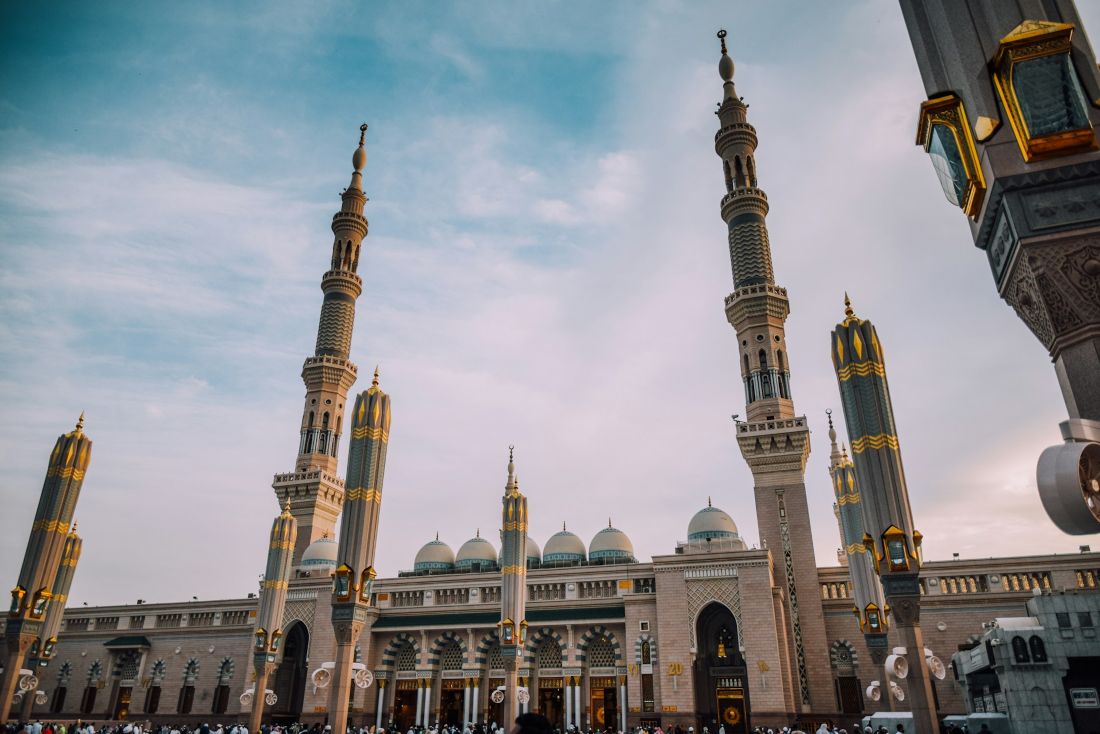
Meals included: Breakfast
Breakfast at the hotel & check out. Al-Ula is an ancient oasis that has been inhabited for the last 7000 years as testified by ancient carvings in and around the oasis. During the 1st millennium BCE, the city of Dedan developed thanks to its strategic location on the frankincense trade road to become one of the oldest Arabian kingdoms that ruled over most of what is today Tabuk and Madinah provinces.During the 1st century BCE, the Nabatean people coming from Petra settled 30 kilometers north of Dedan in Al-Hijr where they built 94 monumental tombs similar to the ones they dug in Petra. Today we will start our journey with the visit of the famous Hegra (Madain Saleh) which is the first site of Saudi Arabia that was listed as a UNESCO World Heritage site.Madain Saleh, whose original name was Al-Hijr or Hegra in Greek, is the southernmost important city of the Nabatean Kingdom that flourished thanks to the caravan trade between the 2nd century BCE until the Roman conquest in 106 CE. It is the second richest Nabatean city in terms of monumental tombs with 94 decorated funeral monuments including some of the most vibrant and well-conserved architectural prowess of the Nabatean builders.We will lead you through this fascinating site and reveal to you the secrets of its tombs, ancient inscriptions, stone structures, and many others. Lunch on your own.After lunch, we then will continue our journey towards the city of Medina around 4 pm, which is approximately a 3 1⁄2 - 4 hrs drive. Upon arriving, check in at the hotel. Dinner on your own.
Overnight Stay in Medinah
Day 6: Wednesday :- Medinah - Jeddah (408 km)
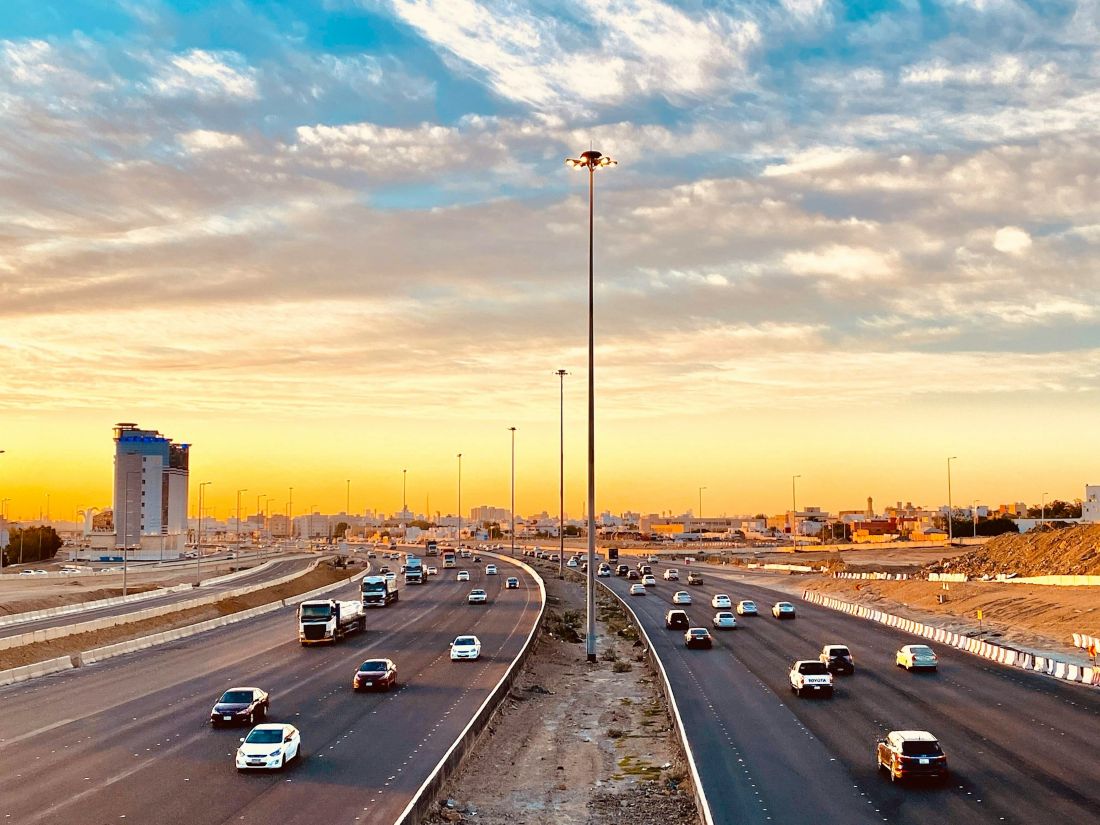
Meals included: Breakfast
Breakfast at your hotel & check out. This morning we will visit the holy city of Medina. In the city center, the vast Al-Masjid an-Nabawi (Prophet's Mosque) is a major Islamic pilgrimage site. Its striking Green Dome rises above the tombs of the Prophet Muhammad and early Islamic leaders Abu Bakr and Umar.The Masjid al-Qiblatain (Qiblatain Mosque) is known as the site where the Prophet Muhammad received the command to change the direction of prayer to Mecca. We will visit the outskirts of the city ONLY, except the holy pilgrimage areas and we conclude the day with a short walk near Mount Uhud.We will also visit the DAR AL MADINA museum that will relate the story of Islam and the prophet biography. Lunch at leisure. Then we depart towards Jeddah that we will reach after a 5 hours’ drive. Check in at the hotel upon arrival.Dinner on your own.
Overnight Stay in Jeddah
Day 7: Thursday :- Jeddah (Departure)
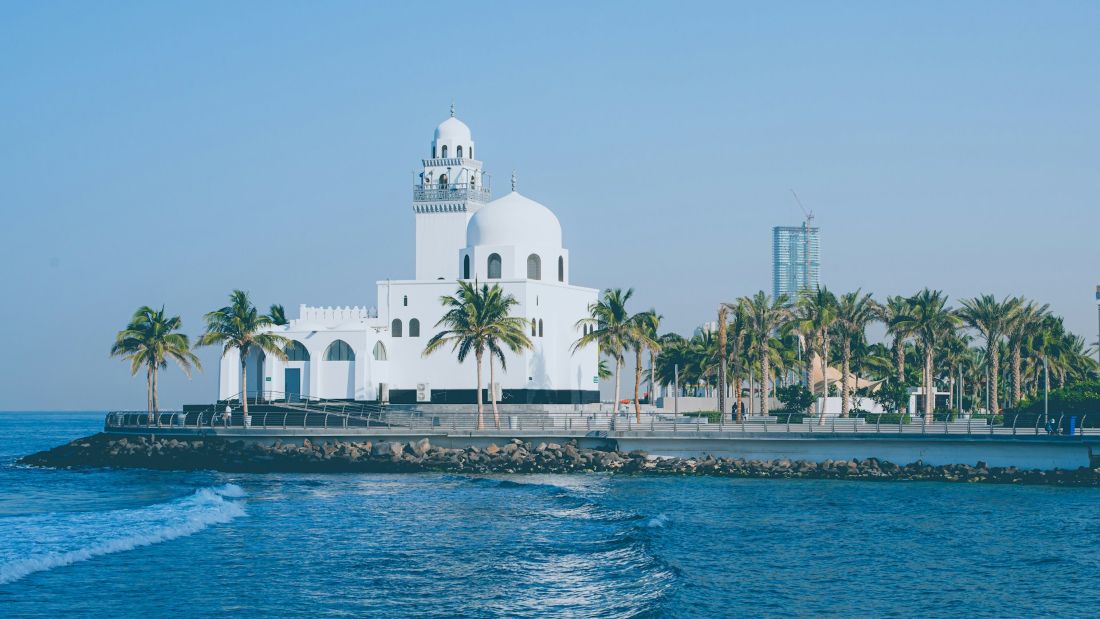
Meals included: Breakfast
Breakfast at your hotel & check out. We will start our tour by passing through Jeddah Corniche, which is the 30 km coastal resort area of the city of Jeddah. The corniche features a coastal road, recreation areas, pavilions as well as King Fahd's Fountain (usually operates after 6 pm), the highest fountain in the worldImmerse yourself in the city's rich heritage at the Tayyebat Museum, for a fascinating look into Jeddah’s long and cosmopolitan past. Take a trip through a superbly curated representation of the city’s 2,500-year history. Located in the Al Faisaliyah district, the museum is housed in a multiroom complex that re-creates the traditional Hijazi architecture of the old city, delving into the city's rich heritage.You will enjoy a wonderful walk in Al-Balad, the old part of the city. This walking tour of the old town will take you along all the less known must-see local spots: Old Market hidden gems, Old Jeddah hidden galleries.Lunch at leisure. Depending on the flight time, transfer to Jeddah airport for your final departure.
End Of Tour
Included
Hotel Details
Riyadh (2 Nights)
Hail (1 Night)
Al Ula (1 Night)
Madinah (1 Night)
Jeddah (1 Night)
Experiences
 Adventure & Thrill
Adventure & Thrill Beaches & Islands
Beaches & Islands Culinary & Food
Culinary & Food Culture, Heritage & History
Culture, Heritage & History Mountain & Hill Stations
Mountain & Hill Stations Nature & Wildlife
Nature & Wildlife Pilgrimage & Spiritual
Pilgrimage & Spiritual Scenic Drives
Scenic Drives Shopping & Local Markets
Shopping & Local Markets Spa & Wellness Retreats
Spa & Wellness RetreatsFAQs
Do I need a visa to visit Saudi Arabia?
What is the best time to visit Saudi Arabia?
What should I wear in Saudi Arabia?
Is alcohol allowed in Saudi Arabia?
What are the major tourist destinations in Saudi Arabia?
What kind of food is available in Saudi Arabia?
Is there any restriction on religious practices?
What is transportation like in Saudi Arabia?
Can I use SIM cards or internet easily?
What are the top attractions in Riyadh?
What’s the best way to get around?
What makes Jeddah unique?
Can non-Muslims visit Jeddah?
What about shopping and food?
Why visit Hail?
What is Al Ula famous for?
Can non-Muslims visit Madinah?
Extra prices:
Discounts:
- {{total_price_html}}
- {{pay_now_price_html}}






